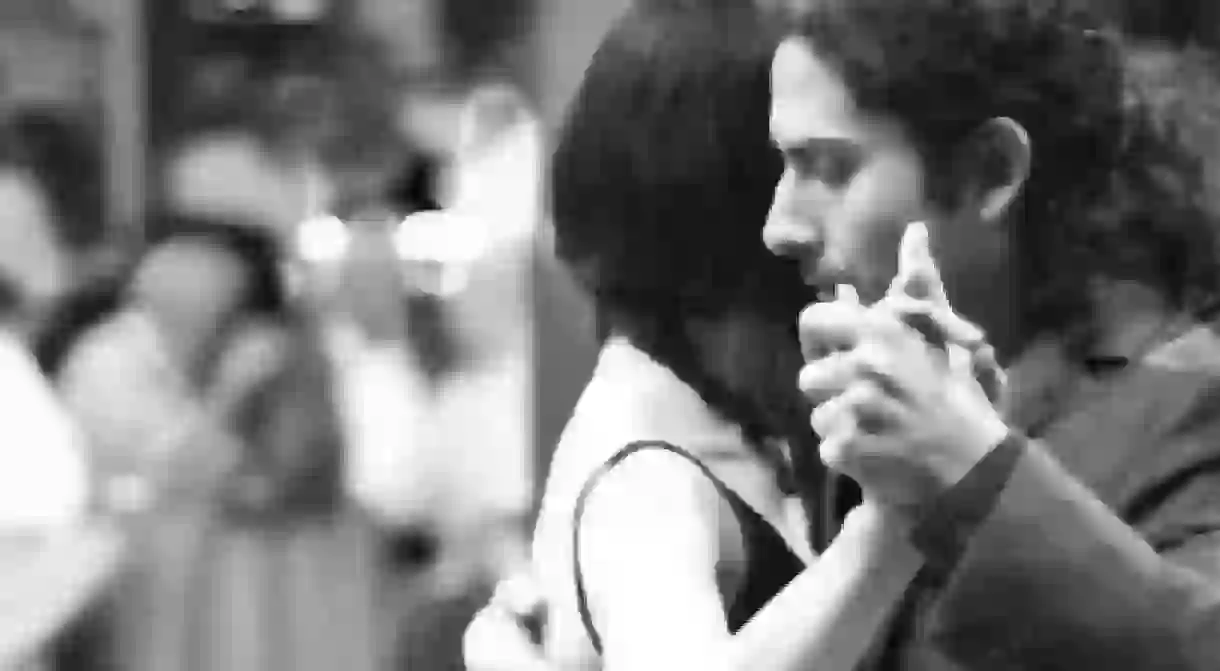The Best Places To Experience Tango In Argentina

Argentine tango is an extremely varied and social dance medium that is the pride and joy of Argentinian locals. For them, it is a way of life, an expression of their culture. It is a pure representation of their heritage and a symbol of the nation’s creativity, with hundreds of teachers, guides and festivals located around the country. We take a look at the top ten places to experience this influential genre of dance.
Argentinian tango has a complex and unclear history with many different styles of the dance being currently practiced. These styles originated from the 1900s and are popular today. Tango Canyengue is a rhythmic style of tango which contains all the fundamental elements of traditional Argentine tango. Tango Orillero refers to the style of dance that developed away from the town centers where there was more available space and therefore more freedom. And Salon Tango is danced socially in the salons of Buenos Aires. These styles were practiced throughout the golden era of Argentine tango (1935-1952) when milongas, a tango event, were held in large dance venues and full tango orchestras performed. After a lull, tango then re-emerged at the end of the Argentine military dictatorship in 1983. Since then new styles have developed such as the Tango de Fantasia, Tango Nuevo and Estilo Milonguero.
Plaza Dorrego
Market

Located in San Telmo, Plaza Dorrego is one of the oldest public spaces in the city, dating back to the 18th century. The picturesque Sunday market, which began in the 1970s, is a popular attraction and a good place to watch the locals perform tango throughout the day. At the end of the day, when the market starts to close, free tango lessons are often given in the Plaza.
La Viruta
School

Mente Argentina Tango School
School

The renowned Mente Argentina Tango School combines various teaching techniques from experienced and certified professors. Offering beginner, intermediate and advanced classes to allow for further development of tango, the school covers everything from the basic to the most complicated techniques. The classes include milonga outings at tango clubs around the city to practice both the dance and experience the flourishing tango scene in Buenos Aires. Located in Palerm, the courses run for a minimum of two weeks.
Lucia Y Gerry Tango
School

Tango Piola
School

The Tango Piola dance studio in Buenos Aires offers private tango lessons in English or Spanish, teaching several styles of tango including milonguero, traditional, neo tango and show tango. The studio is situated in Palermo Hollywood, a popular area with many cafes and restaurants. The teachers are both locals and graduates from the Universidad de Buenos Aires (UBA). Additionally, the instructors conduct tango tours around Europe.
Alejandro Gee
School


Narrative Tango Tours
This unique tour is co-founded by Cyrena Drusine, a professional tango dancer from New York. Drusine won the first US Tango Championship in 2007 and that same year finished as a finalist in the World Tango Competition in the category ‘Tango Salon in Buenos Aires’. She provides authentic tango-based tours from historic walks to classes and also accompanied outings to milongas. The technical and cultural aspects of the dance are some of the many things covered in the tour, as well as an insight into the nature and history of tango music and how it is played in a milonga.

Tango Buenos Aires Festival
This festival is committed to the historical heritage, growth and projection of tango in all its ways of expression. Tango Buenos Aires also includes the world-renowned Dance Festival and World Cup where thousands of dancers and audiences from all around the world come to the city to participate in the various activities that take place in the month of August.
Cafe Tortoni - The World Tango Museum
Museum

The World Tango Museum is located above Cafe Tortoni. This museum is dedicated to everything tango, covering aspects of different styles and generations from De Caro, Gardel and Contursi, through to Discépolo, Pugliese, Goyeneche, Mores, Piazzolla, Avant-Garde and Contemporary.













